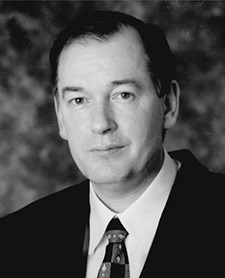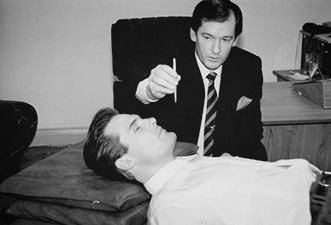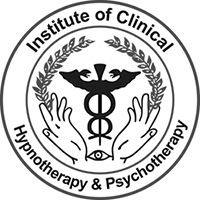
Dr Joseph Keaney has over 35 years in private practice in Cork city and has completed over 50,000 clinical inductions. He received his Doctorate in Clinical Hypnotherapy from AIH in the USA and is one of the most experienced and respected ethical practitioners of Hypnotherapy & Psychotherapy in Ireland.
He has also trained thousands of Hypno-psychotherapists in Ireland and abroad and is currently the principal of the Institute of Clinical Hypnotherapy & Psychotherapy Training School. He is a member in good standing of several Hypno-psychotherapy Institutes and Associations both in Ireland and internationally.
Joe E Keaney has over 50 000 hypnotic induction in his career.

Hypnosis, altered state of consciousness and heightened responsiveness to suggestion; it may be induced in normal persons by a variety of methods and has been used occasionally in medical and psychiatric treatment. Most frequently hypnosis is brought about through the actions of an operator, the hypnotist, who engages the attention of a subject and assigns certain tasks to him or her while uttering monotonous, repetitive verbal commands; such tasks may include muscle relaxation, eye fixation, and arm levitation.
Hypnosis also may be self-induced, by trained relaxation, concentration on one’s own breathing, or by a variety of monotonous practices and rituals that are found in many mystical, philosophical, and religious systems.
Hypnotherapy characteristics
Experience
Hypnosis results in the gradual assumption by the subject of a state of consciousness wholly dissimilar to either wakefulness or sleep, during which attention is withdrawn from the outside world and is concentrated on mental, sensory, and physiological experiences. When a hypnotist induces a trance, a close relationship or rapport develops between operator and subject. The responses of subjects in the trance state, and the phenomena or behaviour they manifest objectively, are the product of their motivational set; that is, behaviour reflects what is being sought from the experience.
Trance
Most people can be easily hypnotised. The depth of trance, however, will vary from a light state close to waking, to a profound state of somnambulism. A profound trance is characterised by a forgetting of trance events and by an ability to respond automatically to posthypnotic suggestions that are not too anxiety-provoking. The depth of trance achievable is a relatively fixed characteristic, dependent on the emotional condition of the subject and on the skill of the hypnotist. Only 20 percent of subjects are capable of entering somnambulistic states through the usual methods of induction. Medically, this percentage is not significant, since therapeutic effects occur even in a light trance.
Deeper contact
Hypnosis can produce a deeper contact with one’s emotional life, resulting in some lifting of repressions and exposure of buried fears and conflicts. This effect potentially lends itself to medical and educational use, but it also lends itself to misinterpretation. Thus, the revival through hypnosis of early, forgotten memories may be fused with fantasies. Research into hypnotically induced memories in recent years has in fact stressed their uncertain reliability. For this reason a number of state court systems in the U. S. have placed increasing constraints on the use of evidence hypnotically obtained from witnesses, although most states still permit its introduction in court.


Medical Uses
Hypnosis has been used to treat a variety of physiological and behavioural problems. It can alleviate back pain and pain resulting from burns and cancer. It has been used by some obstetricians as the sole analgesia for normal childbirth. Hypnosis is sometimes also employed to treat physical problems with a possible psychological component, such as Raynaud’s syndrome (a circulatory disease) and faecal ‘incontinence’ in children. Researchers have demonstrated that the benefit of hypnosis is greater than the effect of a placebo and probably results from changing the focus of attention. Few physicians, however, include hypnosis as part of their practice. Some behaviour difficulties, such as cigarette smoking, overeating, and insomnia, are also amenable to resolution through hypnosis.
